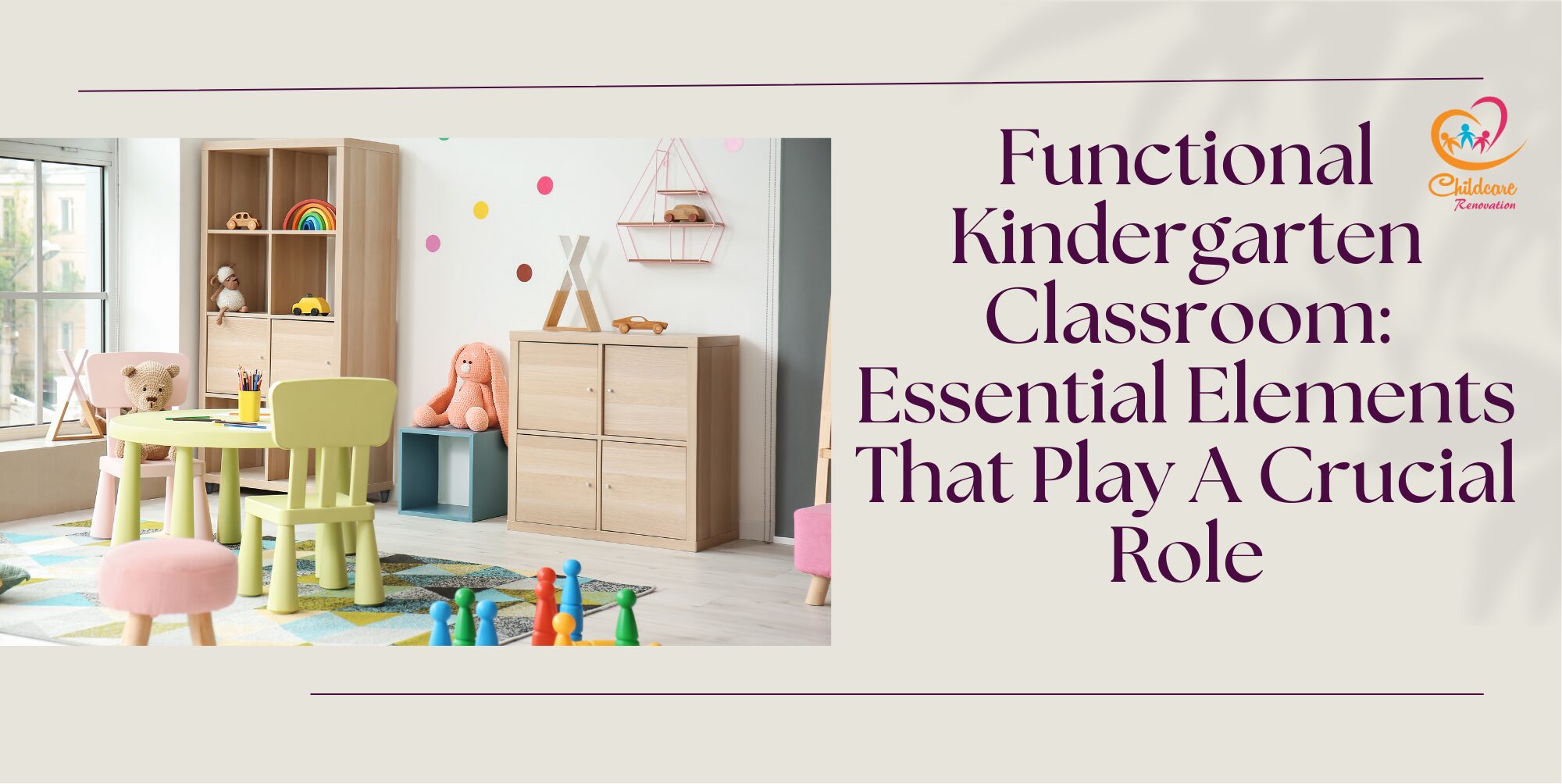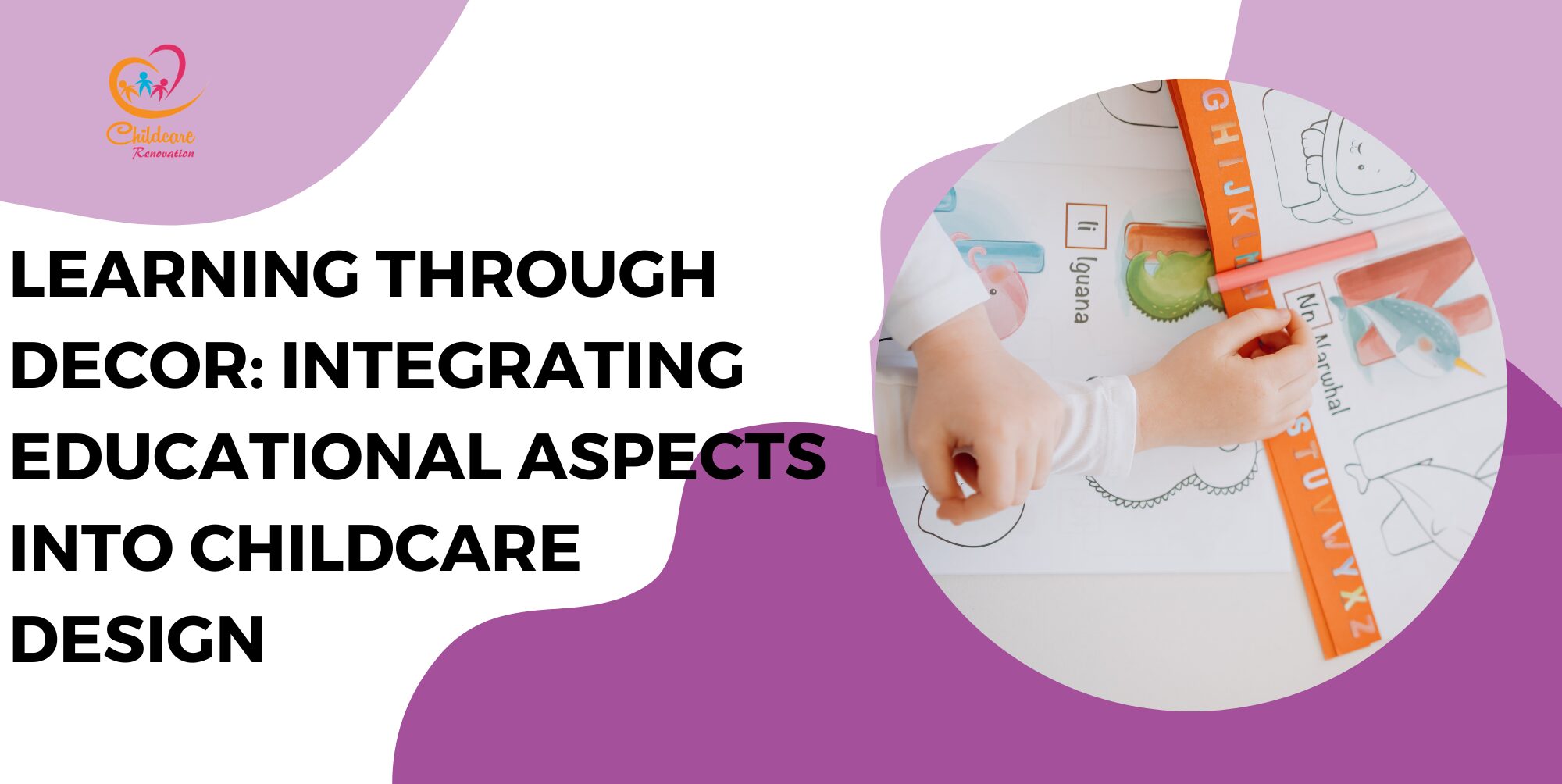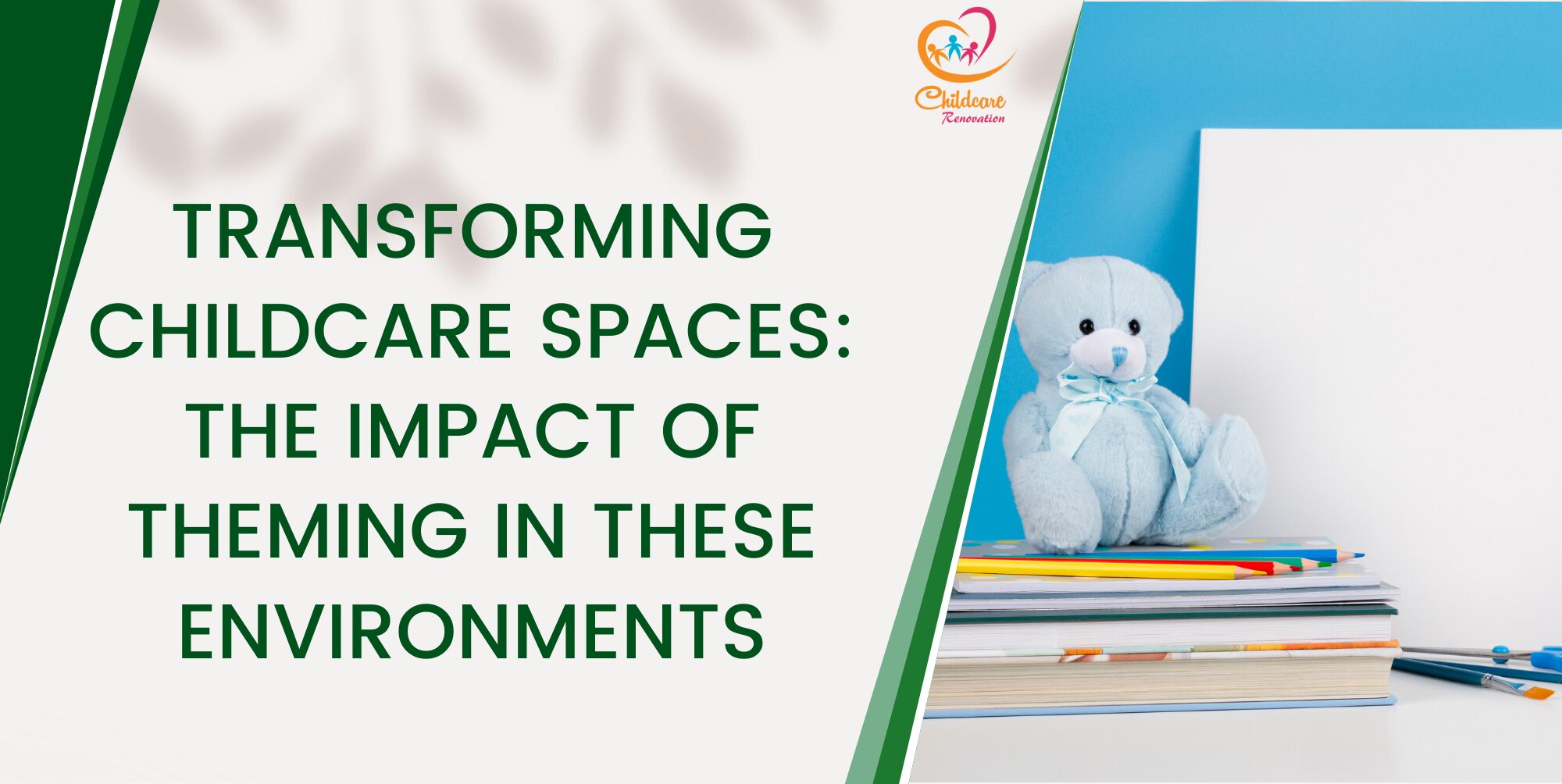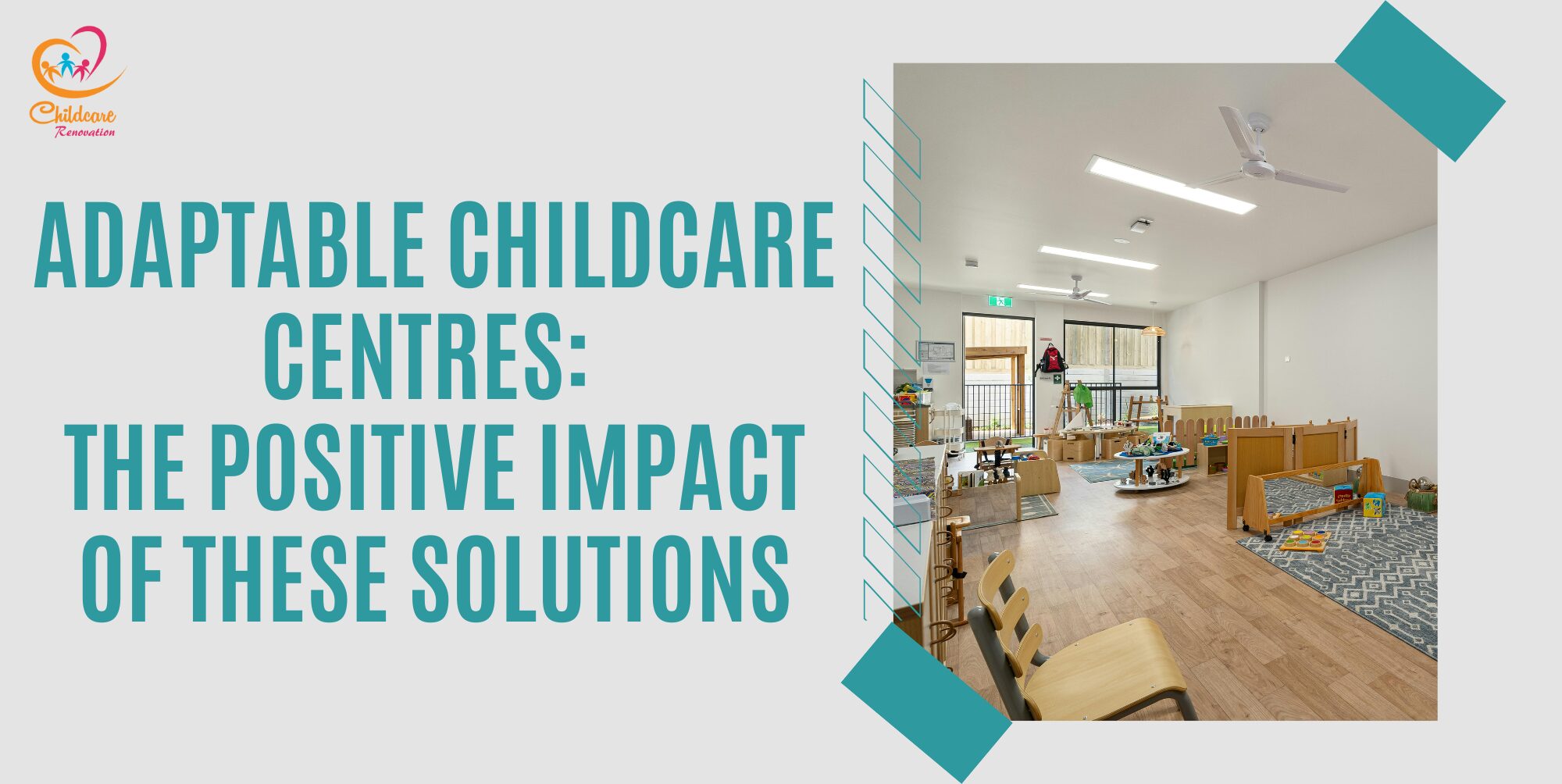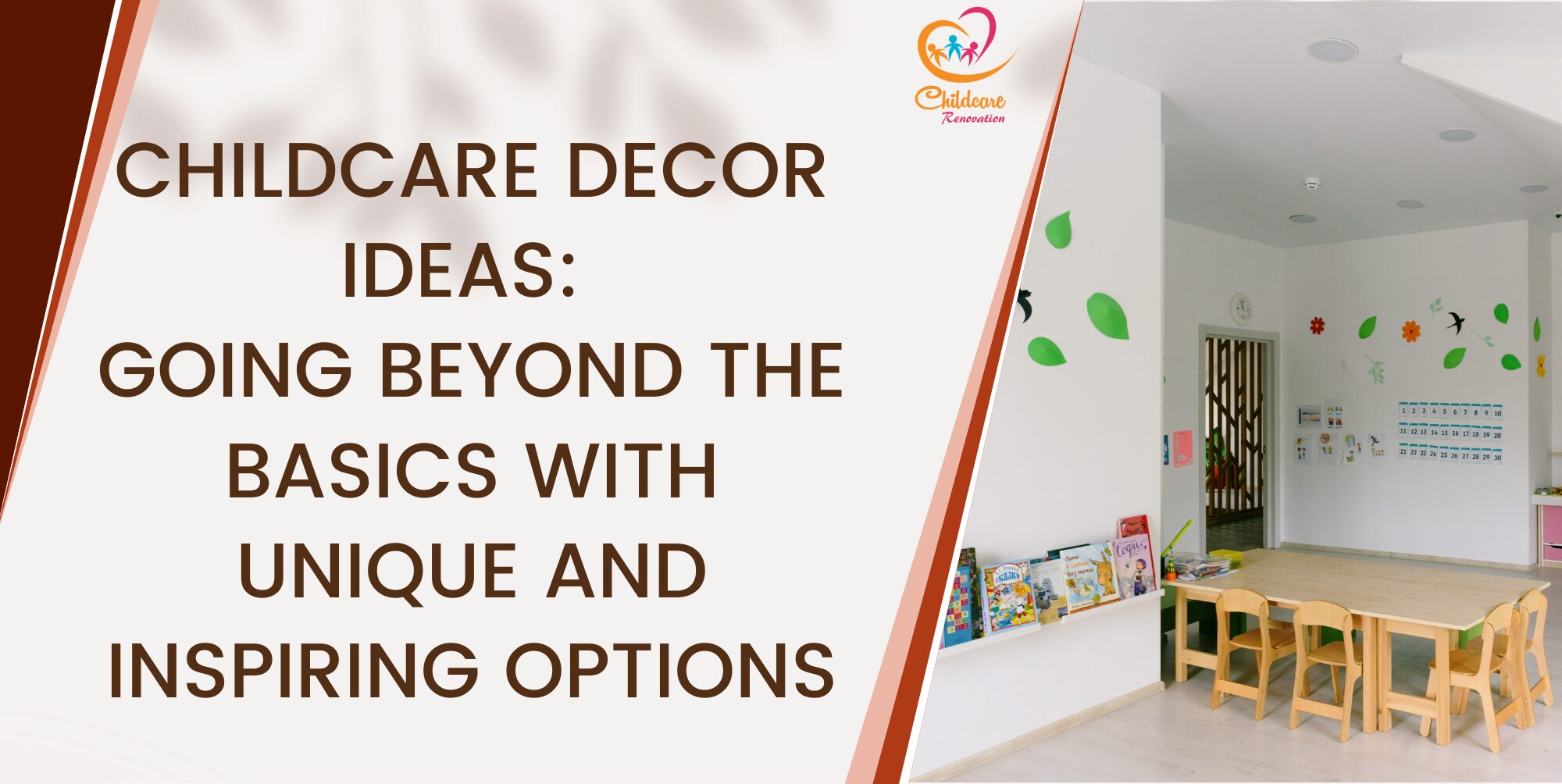Creative childcare centres can be created easily in order to create a fun and engaging environment. Here are 4 great ways that can be used when it comes to creating a creative childcare environment.
Creative Childcare #1: Incorporating Collaborative Spaces
Creating collaborative spaces in childcare is a great way when it comes to fostering a creative environment among young children. Collaboration with each other encourages creativity and innovation by encouraging children to share ideas, solve problems and also work together in order to achieve common goals. By creating and designing spaces that support group activities, young children can engage in interactive play that can help to improve their social and cognitive skills.
Group building activities such as building blocks or assembling puzzles is a way to encourage collaboration and creative thinking among young children. A cosy reading corner within the space can also be a place that encourages story telling — increasing collaborative space for children to share stories, discuss ideas and develop language and communication skills; therefore, increasing their personal and developmental growth.
Outdoor spaces also is a good way to increase the opportunity for collaboration. Whether it is a garden or an open space for group play, these shared experiences can help to foster social connections and creative exploration. Encouraging collaboration in childcare facilities does not only increases creativity but also builds a sense of community and cooperation between young children. This will teach them the value of working together, considering different perspectives alongside learning from each other and these are all skills that contribute to their development and can be extremely beneficial for them.
Creative Childcare #2: Using Outdoor Spaces
Encouraging outdoor learning is also seen as one of the most effective ways to create a natural and nurturing environment for young children in childcare centres. Playing outdoors helps children to make a connection with nature alongside allowing them to enhance their imagination as well as thinking skills. Natural materials such as wood, stone and sand offer endless possibilities for outdoor play — allowing children to be creative while also being able to have fun and explore the outdoors to their hearts’ content.
Outdoor spaces can be designed with creative exploration in mind. In this regard, childcare centres can including features such as open play areas where children can create and experiment with materials widely connected to nature such as wood, stone and paper. Gardening is another great way to include nature in the process of a childcare centre as it allows young children to participate in planting and growing plants — learning about life processes and care while developing a deeper connection with the natural surroundings.
Outdoor art activities such as rock painting or using water and paint brushes on the trails can add another element of creativity that integrates art with the outdoors — making children more excited when it comes to learning and taking part in activities. Places that encourage physical movement such as jungle gyms or balance beams also encourage problem-solving and risk-taking. By allowing children to have the freedom to explore and interact with their environment in diverse and meaningful ways while being guaranteed of their safety at all times, the outdoor environment provides a foundation that enhances imagination, collaboration and discovery.
Outdoor space and fresh air is a way to provide a sense of freedom that indoor environments do not usually have and this is great for allowing children to explore at their own pace and follow their likes and interests.
Creative Childcare #3: Having Art Stations
Incorporating art stations in childcare settings is an effective way to foster creativity and imagination in young children. Art stations are seen as a way to provide specific spaces where children can freely explore their artistic abilities and engage in hands-on learning in the form of art. Stocking these stations with a variety of material such as paints, crayons and clay is a great way for children to experiment with different materials and options — encouraging exploration and innovation.
On way to foster creativity is having a good amount of open-ended activities that do not have a right or wrong outcome. This is a great way to allow children to take creative risks and develop their ideas in a comfortable and safe space. Art stations can also be designed with accessibility at the forefront — ensuring that supplies are organised and kept within close reach to ensure that the young children feel empowered to select their materials and work independently.
Beyond individual creativity, art stations also encourage collaborative projects such as group art projects, drawing, posters or sculptures where children learn to share ideas and work together. By creating a space where art is given a lot of importance to, childcare settings can promote cognitive development, enhance problem-solving skills as well as boost self-confidence. Moreover, these creative spaces help children express themselves without the need of speaking directly to one another.
When thoughtfully designed, art stations not only serve as a hub for creative exploration but also create a vibrant and inspiring environment that celebrates individuality and diversity of thought.
Creative Childcare #4: Creating Flexible Play Areas
Flexible play is important for fostering cognitive skills in childcare settings because it provides children with a flexible environment that encourages curiosity and exploration among these young children. This flexible areas within the space can be easily adjusted to accommodate different tasks; therefore, allowing children to try different types of play.
Using modular or flexible furniture, childcare centres can quickly rearrange the layout to create new and exciting settings that encourage children to interact with their environment in new ways and cater to new events and activities. For example, a reading space can be converted into a theatre space — seating children in different ways and preparing them for different activities. This flexibility makes the environment fun and helps children to be curious and creative.
Loose parts, such as blocks, fabric or natural materials, can be moved and combined in creative ways, allowing children to use their imaginations freely. Whether building a fort, making a fun kitchen or making toys, children can make decisions, solve problems and express themselves through play. In addition, this flexible environment encourages interaction as children collaborate with their peers to create shared ideas and projects. A flexible environment encourages communication, teamwork and dialogue, all of which are key to creativity.
By providing an environment that can be adapted to the needs and desires of children, childcare workers create an environment that encourages creativity. The freedom to explore, create and collaborate in a dynamic environment provides the basis for cognitive and social development, making it an essential part of any childcare environment.
Speak with The Experts
Planning to get started at your kindergarten but have no idea about it?
Childcare Center Renovation Singapore is a reliable company for renovation and interior design. They have about ten years of experience in this field and have a good reputation among customers.
Call us now to get your desired kindergarten design ideas now!








